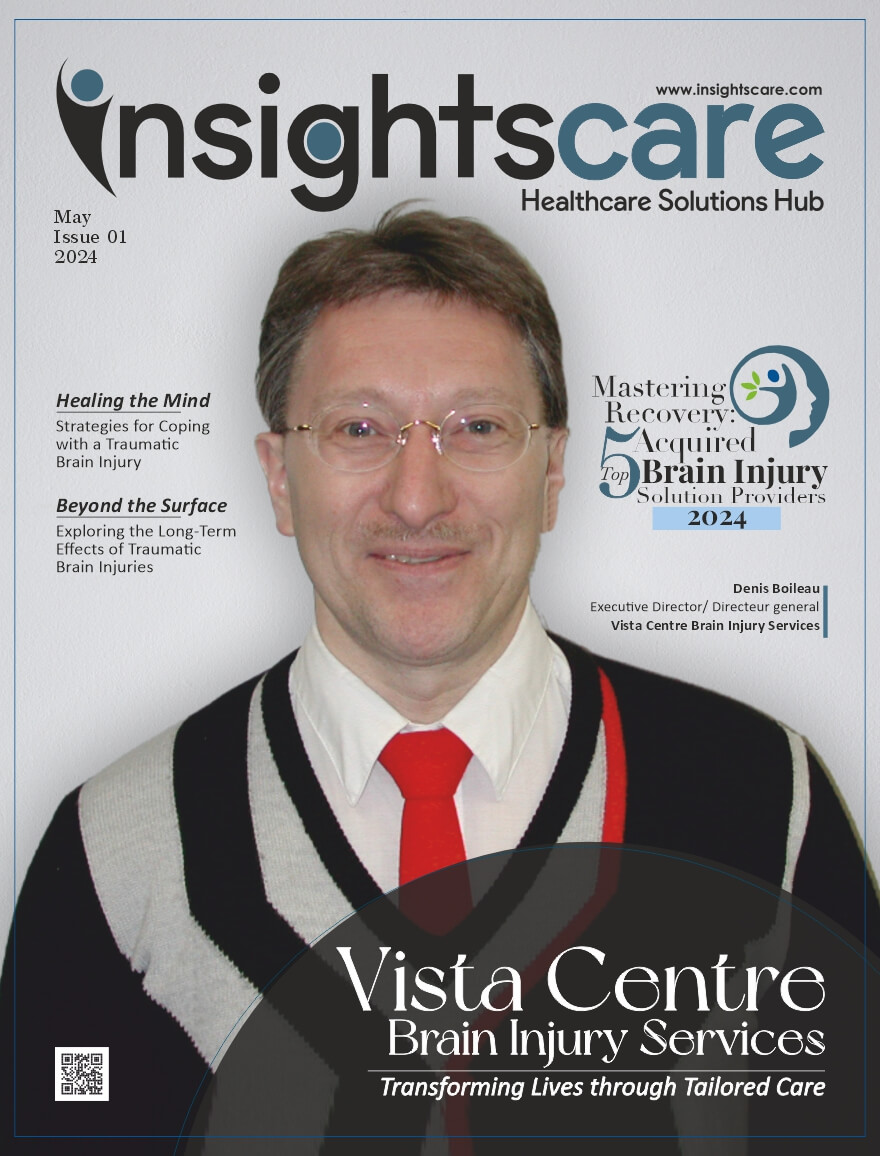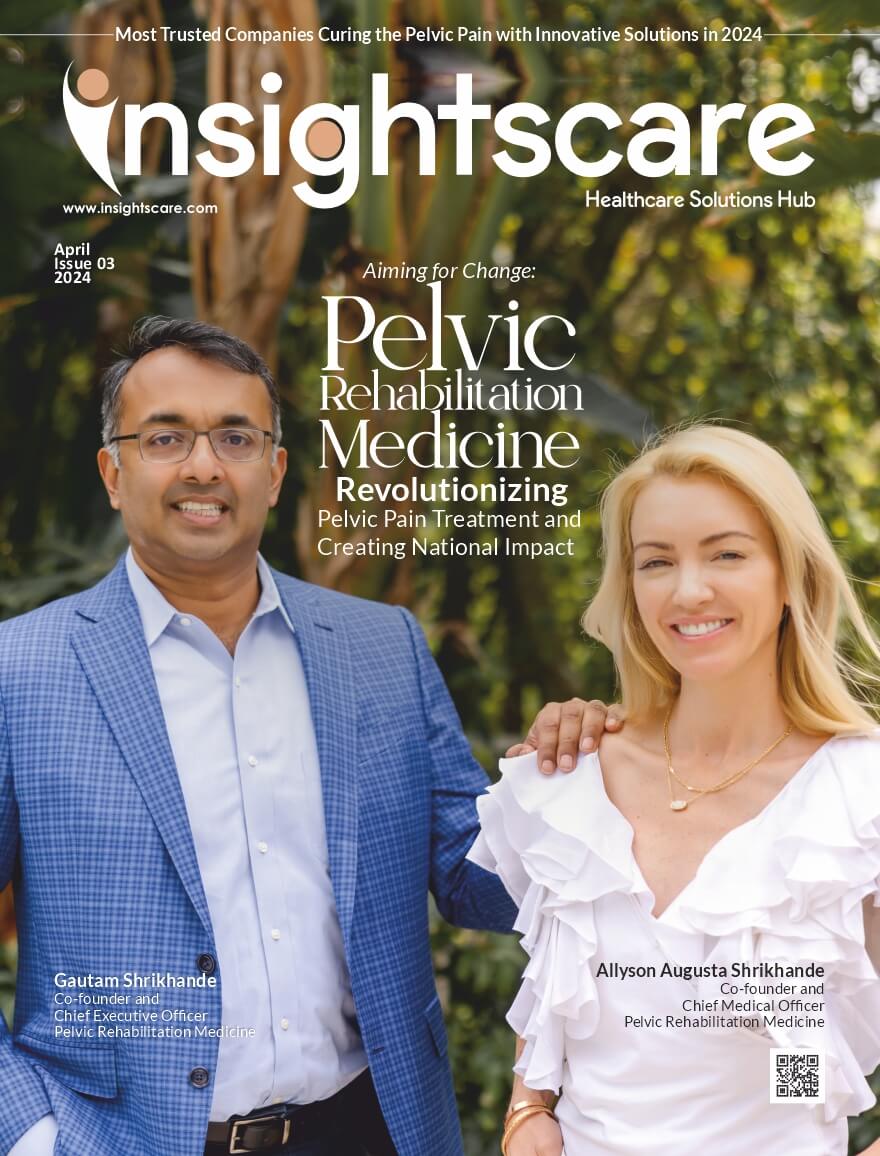Worldwide Healthcare industry is focused on preventive healthcare. As we move in 2017, the Healthcare IT industry is poised to be rocked with the emerging technology of Integrated Electronic Medical Records (EMR) Systems with Personal Health Records (PHR) Apps. It is going to bring the seismic change in the way Healthcare Delivery System will works in the future.
In Healthcare, getting patients more involved in their own care can lead to dramatic improvements in quality of care by emphasizing wellness and prevention rather than treatment of disease. This is possible with advance mobile solution like Personal Health Records (PHR) Apps. PHRs enable healthcare consumers to keep track of preventive measures as screening tests and day-to-day health parameter monitoring; they also play a role in encouraging healthy lifestyle habits, such as regular physical exercise and diet management.
Personal health records generate meaningful health data, which can be digitally transmitted to the EMR, resulting in significant contribution in the decision-making and long-term care for patients. The widespread adoption of Integrated EMR & PHRs can play a vital role in moving from a costly healthcare paradigm of treating chronic diseases to an approach based on wellness and prevention that improves quality of life.
An emergency access feature of PHRs is one of the most important aspects of PHR as a consumer-centered paradigm. In case of emergency; it can transmit contact information, allergies, confirmed diseases, and list of current medications at a press of button to integrated EMRs.
A recent study shows that screening tests can reduce mortality rates by 15% to 30%, while immunizations can reduce the risk of serious disease by as much as 50%.
PHRs offered by healthcare providers to their patients appear to be gaining wider acceptance. Put simply, most patients trust their doctors with their personal health information and appreciate being able to securely access it on their mobile. PHRs have become a major component of future EMRs. Major EMR vendors have responded by making patient-accessible PHR options available with the EMR software they intend physicians and hospitals to use.
Barriers
Data Accuracy:
Concerns regarding data accuracy and reliability arise when consumers enter and update data. Guiding consumers through the process of abstracting relevant information from prescription labels or test reports, medical spell-checkers, or identifying normal dose and reference ranges are some of the areas through which data accuracy level can be increased.
Data Privacy & Security:
Data privacy and security protection are critical issues for PHRs. A recent survey found that 75% of adults without PHR would be concerned about the privacy of their health information if it were in a PHR. With emerging security protocols and secured data transmission system, this is no more an issue as patient has full control over who can access the information from their PHR.
Steps for Accelerate Growth
The significant issue to be addressed to accelerate the growth is widespread adoption of EMR by physicians as they are reluctant to incorporate the vital signs taken by patients into their formal health records. Having access to such data can lead to early disease detection and prevention.
Despite proven benefits of Integrated EMR & PHR, significant challenges still persist in its implementation across the globe. Its integration into clinical practice is often found to be patchy and inconsistent even in developed countries.
A well-defined regulatory policy is needed to enforce adoption of EMRs, providing patients access to their health records through PHRs and accepting patient generated health data into EMRs.
Benefits in Medical Research
Electronic medical records (EMRs) have become a norm in healthcare systems internationally. Though designed to help family doctors and other clinicians to record and manage patient care more accurately and efficiently, they are often useful for research purposes too. Indeed, recent years have seen huge advances in the quality, availability and use of EMR databases for research. While EMRs present a potentially powerful research tool, those considering their use for patient care planning can only be successful when they are connected with PHR and able to gather patient generated health data.
Globally physicians are moving towards cloud based EMR & Mobile-EMR solutions thereby saving cost and effort in maintaining IT infrastructure. Cloud based software and SaaS (software as a service) technology is maturing, and Healthcare IT companies from developing countries such as India offer world-class and easy to use EMRs & PHRs to the healthcare industry at affordable pricing.
About The Writer
Mr. Saket Singhi is the Managing Director at JVS Technologies, a leading global healthcare IT Company with the core set of offering including Clinical Information System, Electronic Medical Records System, Hospital Information System and Healthcare ITES. JVS emerged as a key market player in the past decade by launching multiple successful healthcare IT products and has strongly positioned worldwide with an extensive geographical footprints across India, African countries, Middle East and South East Asia. Mr. Saket is an entrepreneur with 15 years of expertise to incubate and build teams, resolve business issues quickly and leverage existing investments to develop new business solutions with big results and minimal investment.















